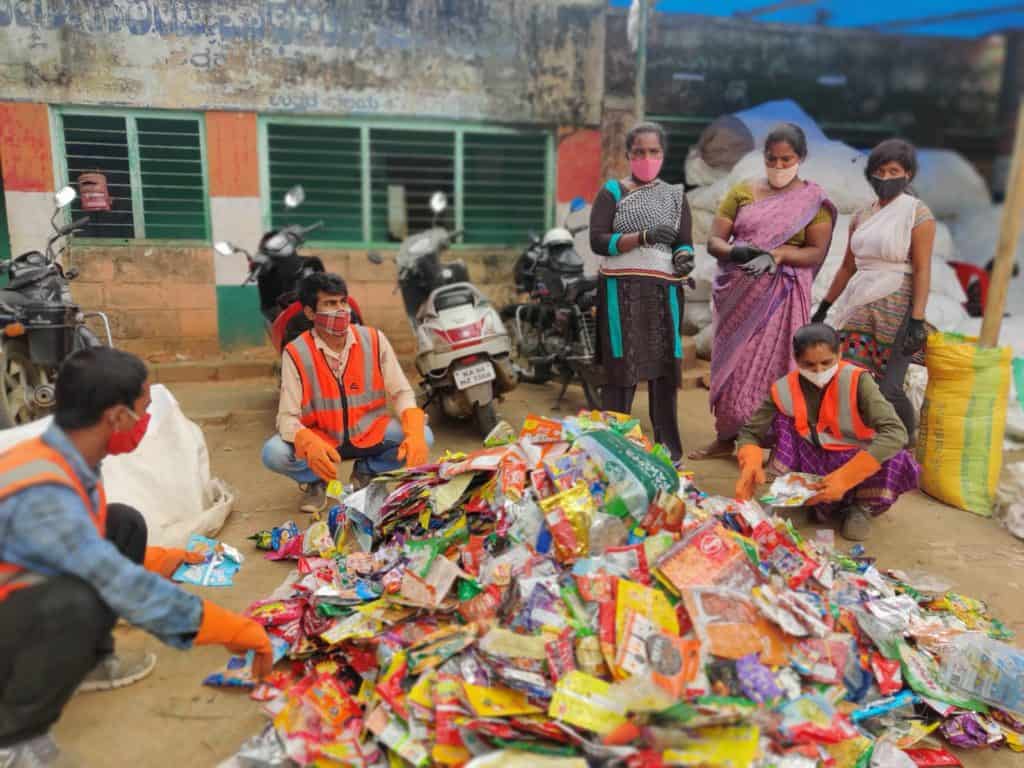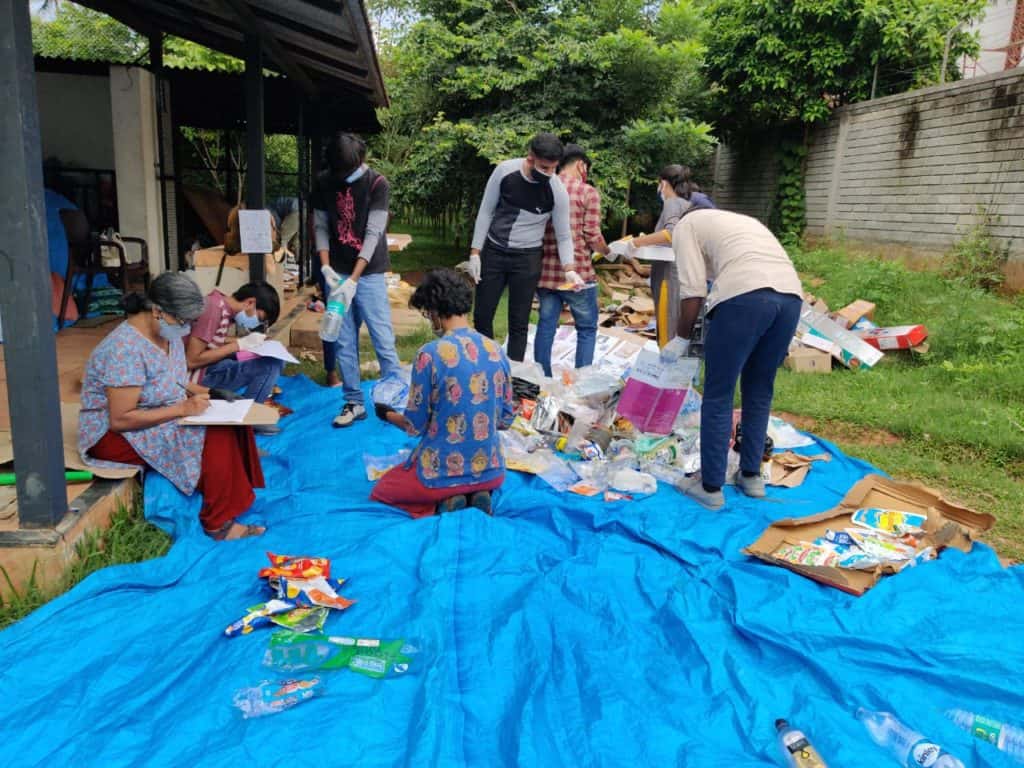Have you ever looked closely at the plastic packaging waste that you place in your recycling bin? Whether the bags, containers, bottles, wrappers, toys, packaging materials are branded or unbranded? What are the brand names? How are they classified? Do you know what the numbers on the packaging mean? Do all plastic waste actually get recycled?
According to Sowmya Raghavan, Member, Solid Waste Management Focus Group, Bangalore Apartment Federation (BAF), “All recyclables are not recycled, and all items in the recycle bin are not recyclable.”
So have you ever thought about conducting an audit of your plastic waste? If yes, how would you go about it?
In 2018, Break free from Plastics, a global movement envisioning a future free from plastic pollution, developed a Brand Audit Toolkit. The toolkit’s mission is to mobilise citizen science volunteers around the world with an aim to hold companies accountable for their plastic packaging. For years, citizens have internalised the cost of plastic pollution and waste pickers and other informal waste workers have subsidised the cost of waste management.
In order to rein the costs of plastic pollution, externalised by the corporates, the Plastic Waste Management Rules 2011 and 2016 specified Extended Producers Responsibility (EPR) to make manufacturers responsible for their packaging. But the rules did not translate into action.
Following National Green Tribunal directions, the government recently released the Plastic Waste Management Rules 2022, which emphasises the ‘polluter pay principle’ for companies. While it remains to be seen how this will be operationalised given its ambitious framework, consumers have been demanding more than a transactional relationship from the brands.

Read more: Plastic waste: Why EPR alone doesn’t stand a chance
Doing a plastic brand audit
Once the plastic waste is collected, data on each piece of plastic is recorded under the following categories: Brand name; Item Description, Parent company, Product type. For example:
- Food packaging—bottles, cutlery, foam, tubs, wrappers, chip bags, straws; Personal Care—-soap, shampoo, diapers, makeup, sanitary napkins; Household Products: cleansers, shoes, textiles, bags, toys, crates, tarps, pen; Smoking Materials—cigarette packs and butts.
- Plastic resin type packaging ( #1 PET; #2 HDPE; #3 PVC; #4 LDPE; #5 PP (polypropylene) #6 PS (polystyrene;) and #7 Other/unknown, multi material or multilayer plastic).
- Layers: Single layer (clear plastics films, wrappers, polythene bags) or multi-layered plastic (composites, laminates, sachets including tetrapak)

Read more: Where does the plastic waste in Indian cities go?
Why a plastic brand audit matters
For corporates, it is important that they internalise the true cost of plastic production and plastic pollution and invest in sustainable systems. They must put in the public domain information on how much plastics are being produced or imported. It is equally important that they redesign packaging and delivery systems and stop promoting chemical recycling and co-processing in cement kilns where these plastics are used as fuel alternatives.
“Brand Audits are instrumental in understanding the entire plastic packaging stream,” says Myriam Shankar, Founder, The Anonymous Indian Charitable Trust. “Not only do they give insights on the reality on the ground, they are also a good checkpoint on enforcement of plastic rules. We have seen that because of COVID, single-use plastics have crept back into the system. We have also seen that a lot of products are not recyclable because of their composition and so on. These are important facts that we can take back to producers to push for better design or choice of material”.
“In my 20 years of experience, as a former waste picker and now as a waste entrepreneur, I would only classify materials based on the type of packaging material,” says Krishna, Dry Waste Collection Operator, Ward 112, Domlur. “But with the brand audit, I am now aware of the brands under each product and now for me, it is an important tool, to use this data, to speak to companies directly regarding their packaging and for them to be able to support operations run by the informal waste sector, in retrieving these materials”.
Adds Myriam, “Overall, the key is to upgrade the entire recycling industry. The informal sector which takes care of most of the material has to be supported much more in the form of infrastructure. We need decentralised recycling parks with proper facilities that can work to standards set out by the pollution control boards”.
Corporates must also invest in reuse and refill infrastructure systems, and build capacities of the informal waste workers to be able to engage and work in these new opportunities. “Our city is mature enough to handle refill systems, especially within gated communities,” says Sowmya Raghavan of BAF. “Companies must invest in these systems and as citizens, we must make more noise and demand for this infrastructure”.
With inputs from Nirmala Shekar, Beula Anthony and Bianca Fernandes from Hasiru Dala